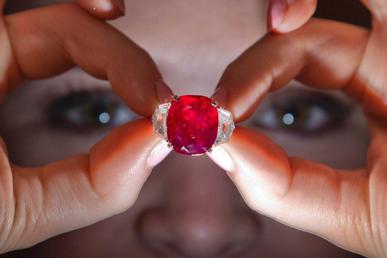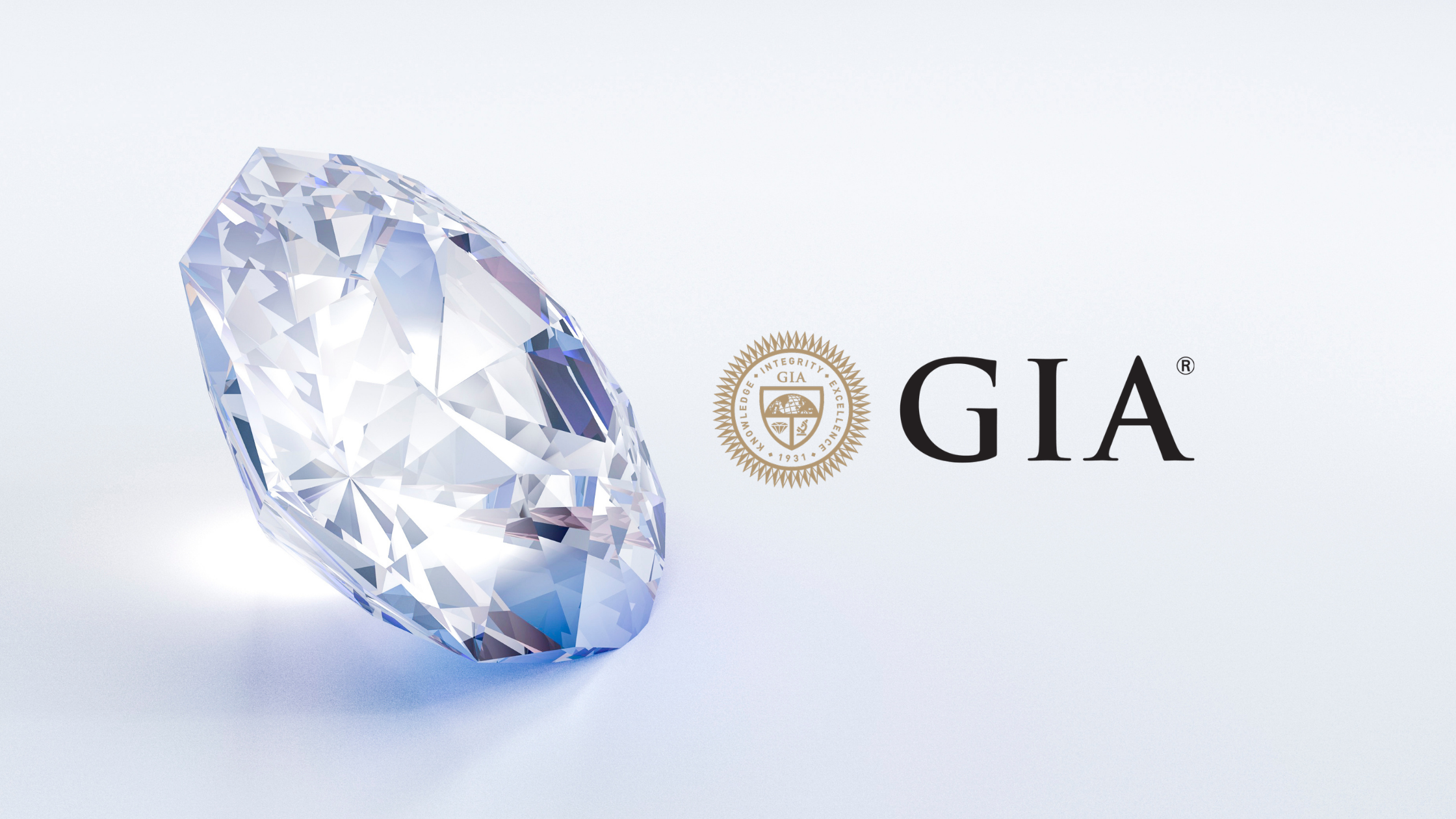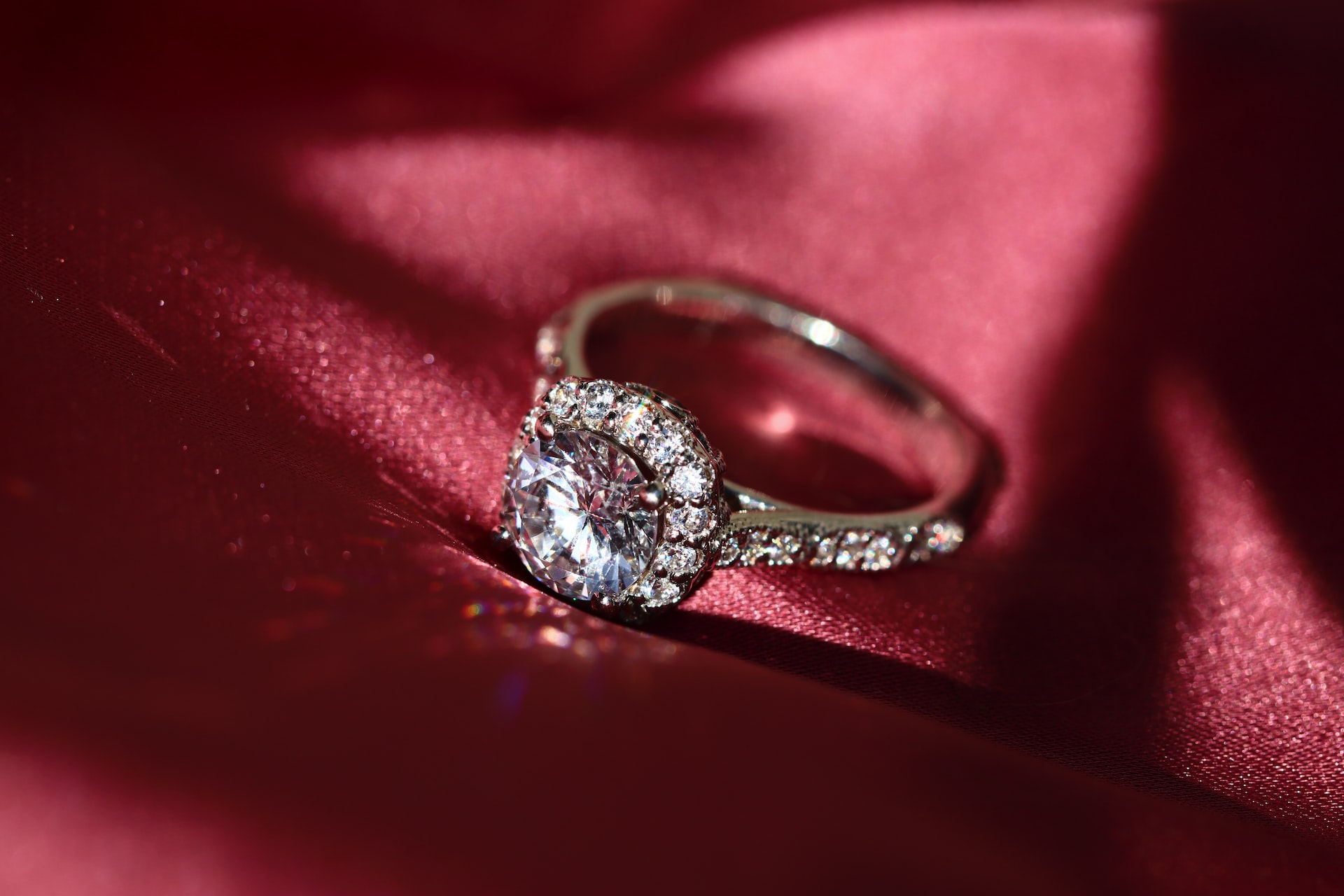Gems have been treasured by humans for thousands of years for their beauty and rarity. But do they have the ability to feel temperature or any other sensations? This question has puzzled many people, as gems are often thought of as living entities, given their long history and cultural significance.
In this article, we will explore the scientific basis for whether gems have the capacity to experience temperature and examine the various myths and misconceptions that have arisen about this topic. By understanding the properties of gems and how they interact with the world around them, we can gain a deeper appreciation for these magnificent natural treasures.
 The Scientific basis for whether Gems have the capacity to Experience Temperature
The Scientific basis for whether Gems have the capacity to Experience Temperature
Gems are inanimate objects and do not have any physical or biological functions that would allow them to feel temperature or any other sensation. They are made up of various minerals and compounds, and their physical properties, such as thermal conductivity, determine how they interact with their environment.
For example, some gems, such as diamonds, are excellent conductors of heat, while others, like rubies, are poor conductors. However, these properties do not confer the ability to feel the temperature. Gems simply react to changes in temperature by expanding or contracting, but they do not have the capacity to experience or perceive these changes.
The properties of a Gem
- Hardness: measured on the Mohs scale, hardness determines a gem’s resistance to scratching and is an important factor in its durability.
- Specific gravity: measures the density of a gem compared to water.
- Refractive index: determines the way a gem bends light and affects its brilliance and fire.
- Dispersion: refers to the separation of white light into its component colors, creating a rainbow-like effect in some gems.
- Transparency: describes how much light a gem allows to pass through it.
- Color: an important factor in gem value and can range from colorless to vivid hues.
- Lustre: describes the way a gem reflects light and can be metallic, vitreous (glass-like), or dull.
 Myths and Misconceptions that have arisen regarding this topic
Myths and Misconceptions that have arisen regarding this topic
- Gems have healing properties: some people believe that certain gems have the ability to heal physical and emotional ailments.
- Gems can enhance psychic abilities: some believe that certain gems, such as quartz crystals, can enhance psychic abilities and improve spiritual well-being.
- Gems can feel temperature: as stated earlier, this is a myth, as gems do not have the capacity to feel temperature or any other sensation.
- Gems are alive: some people believe that gems are living entities, but this is not true, as they are inanimate objects made up of minerals and compounds.
- Synthetic gems are inferior to natural gems: while synthetic gems are not as rare as natural gems, they can have similar physical and optical properties and can be just as beautiful as natural gems.
How do Gems interact with the World around them?
- Physical properties: gems have specific physical properties, such as thermal conductivity, that determine how they react to changes in temperature. For example, some gems, like diamonds, are excellent conductors of heat, while others, like rubies, are poor conductors.
- Light: gems can reflect, refract, and transmit light, affecting their brilliance, fire, and transparency. The way a gem bends light is determined by its refractive index.
- Wear and tear: gems can scratch and chip over time, affecting their appearance and durability. Harder gems are more resistant to scratches, while softer gems are more prone to damage.
- Exposure to chemicals: some gems are sensitive to chemicals, such as household cleaners, and can be damaged or discolored by exposure.
- Aging: gems can change color over time due to exposure to light, heat, and other environmental factors.
 So, Can Gems feel Temperature?
So, Can Gems feel Temperature?
In conclusion, gems are fascinating and beautiful objects that have been treasured by humans for thousands of years. Although they do not have the capacity to feel temperature or any other sensation, they do interact with the world around them through their physical properties, such as thermal conductivity, their ability to reflect, refract, and transmit light, and their vulnerability to wear and tear exposure to chemicals, and aging.
By understanding the ways in which gems interact with the world, we can better appreciate their beauty and protect them for future generations. Despite the many myths and misconceptions that have arisen regarding gems, their allure and enduring popularity is a testament to their timeless beauty and rarity.
Want to know whether gems can conduct electricity or not? Read it here.


 Myths and Misconceptions that have arisen regarding this topic
Myths and Misconceptions that have arisen regarding this topic So, Can Gems feel Temperature?
So, Can Gems feel Temperature?







